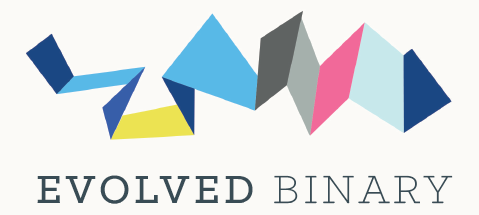
Adam Retter
adam@evolvedbinary.com
State of the Art in Healthcare
@ St Edmund Hall, Oxford
2025-04-03

@adamretter
Git and GitHub
for
Beginners

About Me
-
Director of Evolved Binary
-
UK - Software, Consultancy, Training, and R&D
-
-
Co-founder and Co-owner of eXist Solutions
-
Germany - TEI Publisher software
-
-
Software Engineer / Prolific Open Source contributor
-
eXist-db - 20 Years as Core contributor (last 9 as Main dev.)
-
RocksDB - 7 Years as RocksJava main developer
-
-
W3C XQuery Working Group - Invited expert
-
Founder of EXQuery, and creator of RESTXQ
-
Enjoys Research and Development, and Snowboarding


What is Git?
-
Distributed Version Control System
-
Open Source software (GPL 2.0)
-
Download from - https://git-scm.com
-
-
A set of tools that run from the command line
-
A protocol for sending/receiving changes - email / HTTP
-
Used in the development of most modern software

Why do you want to use Git?
-
You want to keep your source code somwhere safe
-
Works best with text based files
-
Doesn't have to be source code, e.g. Documentation
-
-
You want to keep a history of changes
-
You want to tag significant milestones
-
e.g. a new release version
-
-
You want to collaborate with others
-
You want to have a standard workflow for changing source code

Git Repository
-
Initially - Just a folder on your computer
-
With hidden folders/files containing metadata
-
-
Git is distributed
-
You can "pull" pull changes into your local copy
-
You can "push" changes from your local copy
-
-
You have a complete copy on your machine
-
Anyone else can also have a complete copy on their machine
-
You can also have copies on servers on the Web - e.g. GitHub.com
-
These are called "repositories"
-
Normal to have one per project
-

Git Maintains a History of Changes
-
A set of changes are known as a "commit"
-
Has an identifier (commit hash)
-
Has an author
-
Has an date
-
Has an user provided message/description
-

Time
t=0
t=1
t=2
History Can Have Branches
-
A branch has a name, and is:
-
An alternative timeline
-
Branched from an existing branch
-
A git repository starts with 1 default branch
-
Typically called: "main"
-
-
Branches can be merged back together
-
-
You can create as many as you like
-
Usual uses:
-
Developing a new feature
-
Fixing a bug
-
Experimentation
-
Making a distrubtive change
-

Branches

Time
main
feature/new-thing
bugfix/some-thing
Tagging Significant Events

-
You can "tag" a commit
-
Has a name
-
Has an author
-
Has an date
-
Has an user provided message/description
-
-
Can be used to identify/label releases
-
When looking at a tag, you can see:
-
The tag details (name, author, description, signature, etc.)
-
The commit
-
The entire history leading to that commit
-
GitHub

-
Is not Git
-
It is Git plus a website, APIs, and Workflow
-
Just another git remote repository!
-
-
One of the most significant developments in Software Engineering
-
Easy to use and get started
-
Download: GitHub Desktop - https://desktop.github.com
-
-
Easy to collaborate
-
Alternatives
-
GitLab - https://gitlab.org
-
BitBucket - https://bitbucket.org
-
Sir Hat - https://sr.ht
-
Git and GitHub for Beginners
By Adam Retter
Git and GitHub for Beginners
Declarative Amsterdam @ CWI Congress Centre, Amsterdam 2024-11-08
- 287


